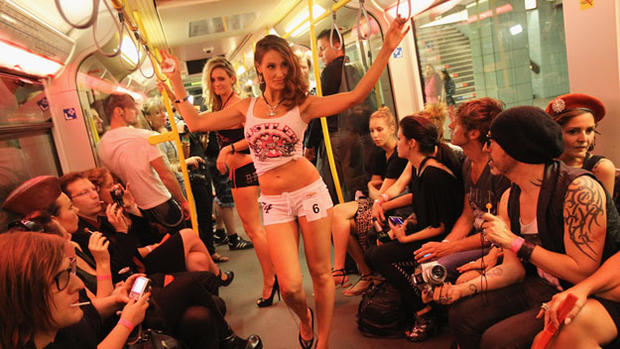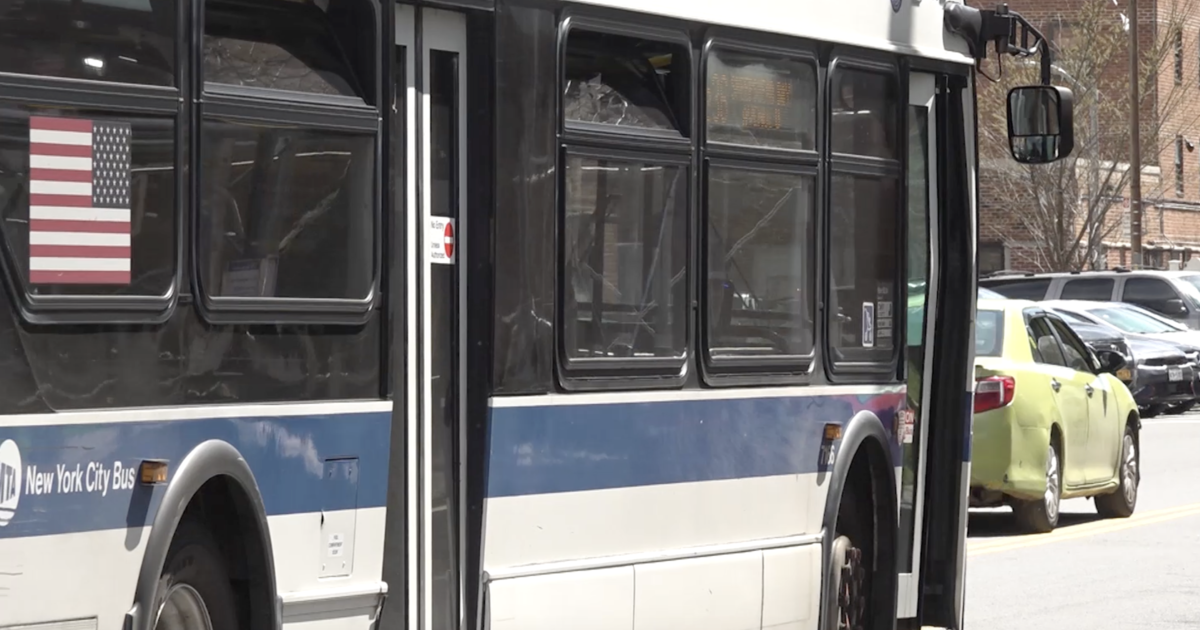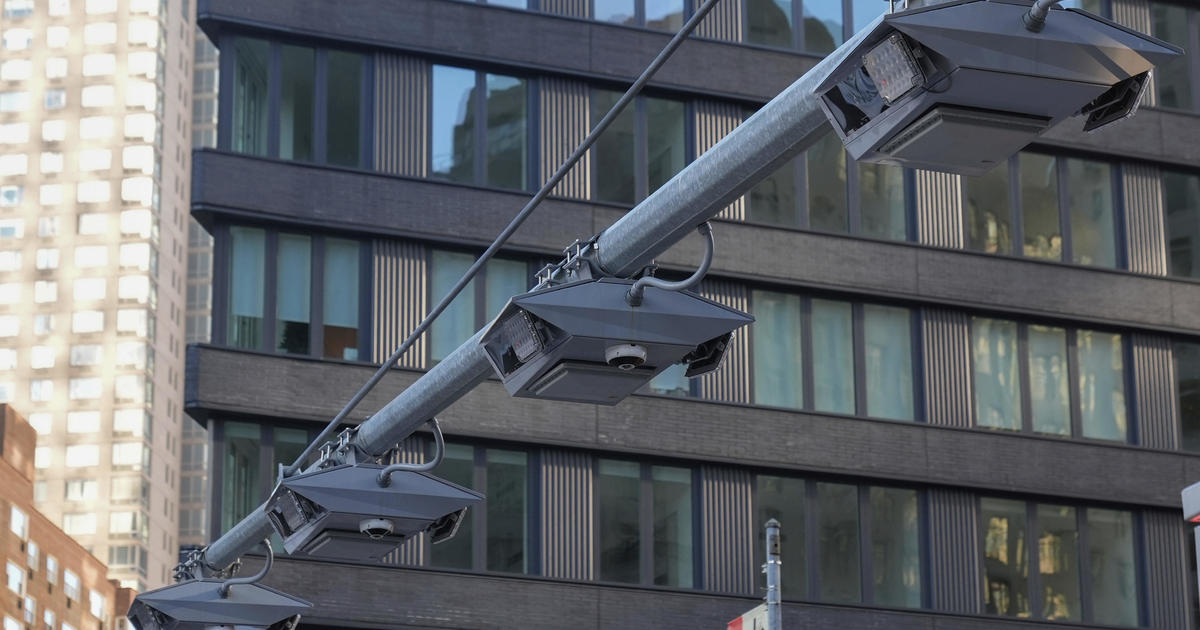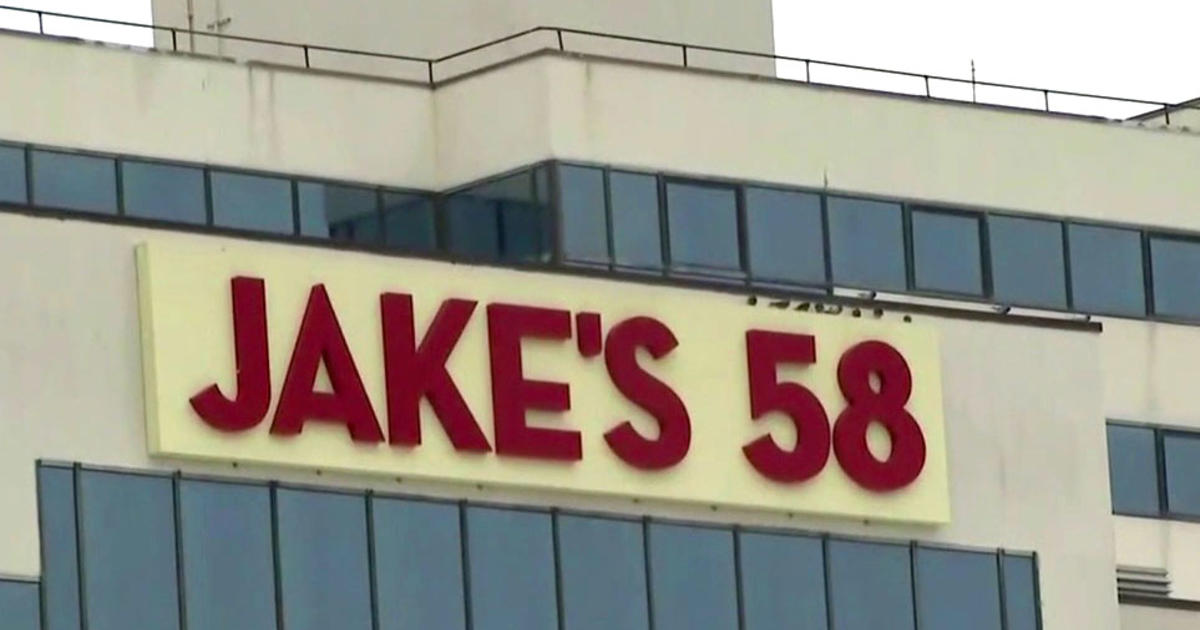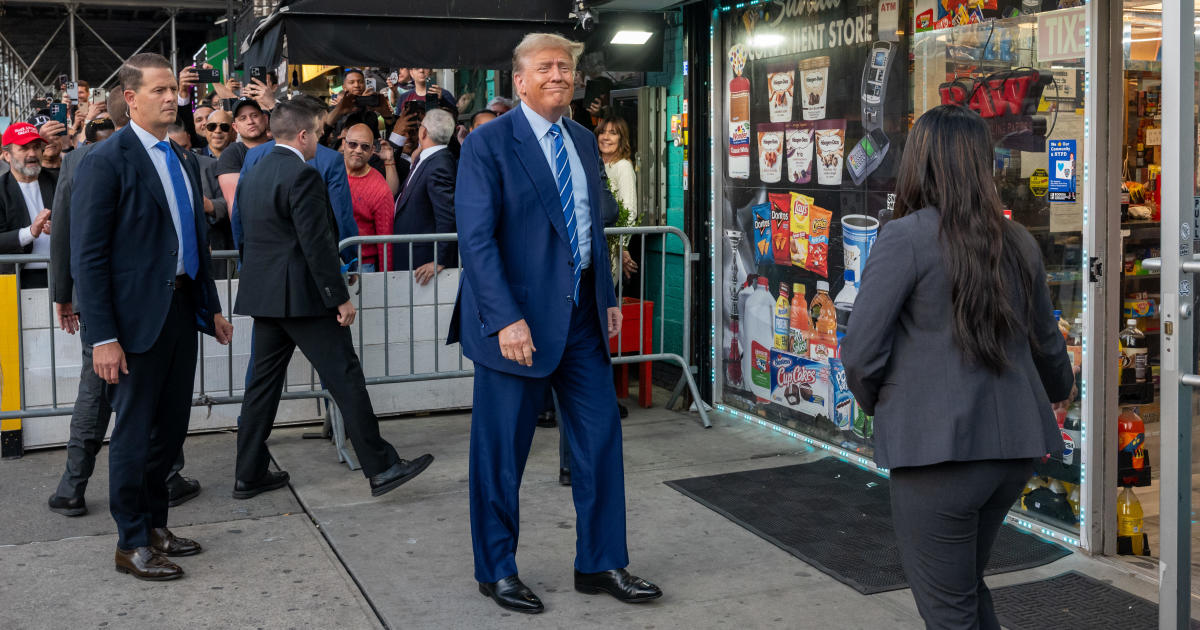Future Subway Trains Might Have No Doors Separating Cars
NEW YORK (CBSNewYork) -- Trains with open space rather than doors between cars, dedicated busways, and new "smart chip" systems to replace the current MetroCard system were among the ideas floated in a recent report outlining the needs of the Metropolitan Transportation Authority in the 20 years to come.
Future Subway Trains Might Have No Doors Separating Cars
The 142-page report outlined a $106 billion plan to meet the needs for capital investment the agency will encounter between 2015 and 2034 – both in terms of rebuilding and replacing the current MTA network, and enhancing and expanding the agency's transit systems as the travel needs of the Tri-State Area change.
The report included suggestions for all the MTA assets – the New York City transit system, the Metro-North Railroad, the Long Island Rail Road, and the Bridges and Tunnels system. The report noted that the size of the system has not changed significantly since its expansion during the first half of the 20th century, and the agency has only just begun addressing capacity limitations with such projects as the Second Avenue Subway, the LIRR East Side Access project that will result in a new terminal at Grand Central Station, and the No. 7 subway line extension westward to 34th Street and Eleventh Avenue.
Future Subway Trains Might Have No Doors Separating Cars
In addition to outlining investment and expansion needs, the report discussed numerous ideas intended to make the system run more smoothly and efficiently. Among the ideas proposed for a "21st Century Transit System" was a proposal for subway trains with gangways between cars, similar to the design of articulated, or accordion-style, buses.
"This will both maximize carrying capacity, and allow passenger to move to less-crowded areas of the train, balancing loading and unloading times at all doors," the report said.
The New York Times reported Sunday that several other cities, including Berlin, Paris and Toronto, currently have such trains with no doors separating the cars. A spokesman for the Toronto Transit Commission told the newspaper that city's subway system has increased its capacity by 8 to 10 percent since it introduced the open gangway-style cars two years ago.
But the new style does cause some problems, the spokesman told the newspaper. For example, he told the paper, a sick passenger who throws up on the floor is no longer be isolated to one train car.
Some straphangers said new subway cars are not a top priority for them.
MTA Chairman, CEO Talks About Future Plan
"I think the MTA should just concern themselves more with trying to fix the stations. That's where I think their money should go," a rider told WCBS 880's Paul Murnane.
Also proposed in the report were buses with more "train-like" features, such as wider and more numerous doors and onboard route information that announces the next stop.
The MTA also called for the addition of adding real-time train information on more lines. Currently, the estimated number of minutes until the next train arrives is displayed on overhead LED signs on the No. 1, 2, 3, 4, 5 and 6 lines and the L line, and will soon be coming to the No. 7 line, the report said.
Further, the report called for exclusive busways that would not subject buses to traffic congestion. In particular, a rapid transit bus corridor is planned along abandoned North Shore rail line right-of-way on Staten Island.
Such a system will provide "valuable travel route redundancy" for commuters, particularly in the event of flooding, highway congestion or blackouts, the report said. Furthermore, construction of the bus rapid transit road will require stabilizing the shoreline and raising the old railroad right-of-way, thus providing a barrier against flooding in the Kill Van Kull, the report said.
"With post-Sandy travel times to and from Staten Island approaching three hours, this transit resiliency is essential, the report said.
And if the report's plans come to pass, commuters may soon no longer have to worry about dropping their MetroCards on the sidewalk or leaving them on the barroom floor.
The MetroCard magnetic swipe system was designed in the 1980s and introduced in the early 1990s, and will soon reach the end of its useful life, the MTA said.
The New York City subway system has already completed test pilot programs using "smart chip" payment systems, using such methods as chip-enabled credit or debit cards, key tags, and smart phones.
Some other transit systems have already moved away from magnetic strip fare cards in favor of chip-enabled cards. The Chicago Transit Authority has been phasing out its magnetic strip fare cards this year in favor of the Ventra contactless payment system, which connects directly to riders' debit or credit cards.
But the Ventra system has drawn commuter complaints, as it has been slow coming online with numerous technical glitches, CBS Chicago reported. One CTA bus rider has filed a federal lawsuit, claiming he was wrongly charged for making customer service calls, and was charged twice for one ride.
The MTA report did not address the potential for technical problems with a new fare collection system.
Under the plan, much of the 109-year-old subway system would get an upgraded signal system similar to what's already is use on the L and 7 lines.
The plan also calls for additional tracks for the Harlem line on Metro-North and on the LIRR to Ronkonkoma.
The MTA report also included recommendations for protection from natural environmental hazards and "the impacts of possible climate change," as well as additional capacity and access to suburban employment centers on the LIRR and Metro-North systems, new station entry points to reduce crowding, and greater accessibility for bicycle riders.
Transit advocate Gene Russianoff with the Straphangers Campaign said the past decades are a good way to sell these large investments, Murnane reported earlier this month.
"The money is being spent in a way that made transit an asset for New York City and not a liability," Russianoff told Murnane. "They don't remember the broken doors, the dark cars and the trains covered with graffiti and it's almost science fiction to them."
"These are really necessary expenditures if we're going to continue to have reliable and decent service, which makes the city run," Russianoff added.
Check Out These Other Stories From CBSNewYork.com:
